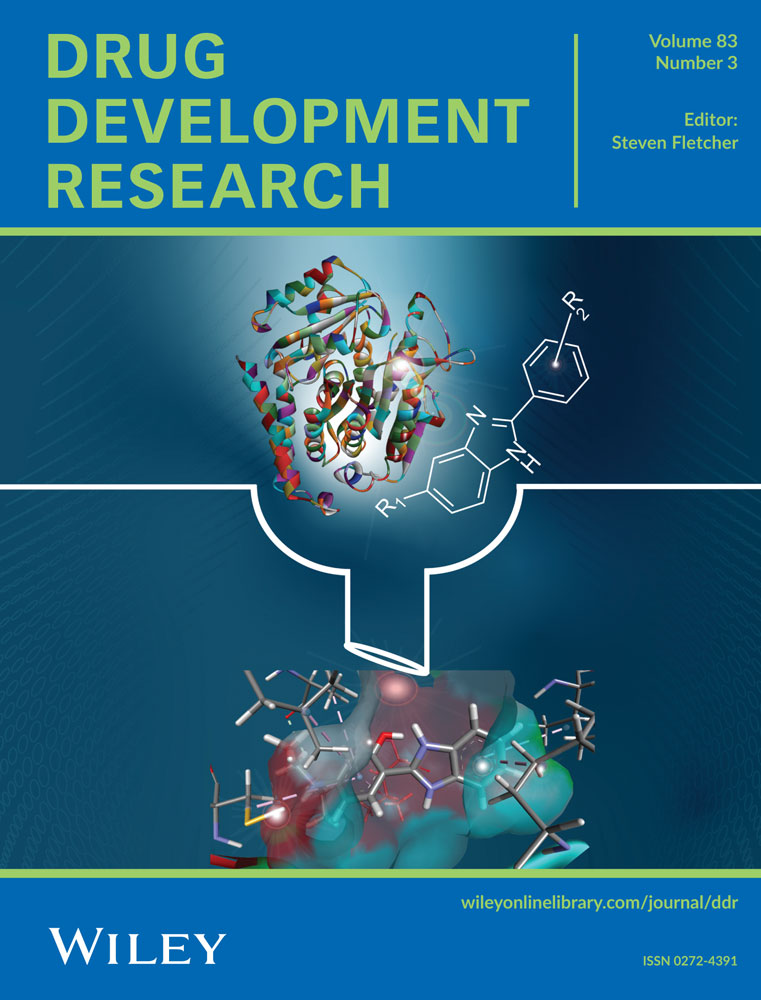Exosomal ALKBH5 Alleviates Vascular Calcification by Suppressing Cell Apoptosis via m6A-Modified GSDME
Abstract
This study aimed to explore the function and regulatory mechanism of ALKBH5 in the progression of coronary artery calcification. Human aortic vascular smooth muscle cells (HA-VSMCs) were treated with inorganic phosphate (Pi) and exosomes derived from bone marrow mesenchymal stem cell (BMSC) carrying ALKBH5, a GSDME overexpression vector or si-GSDME. The morphology and size of the exosomes were assessed using nanoparticle tracking analysis (NTA) and transmission electron microscopy (TEM). Calcium deposition was measured using Alizarin red staining and cell pyroptosis was evaluated using Hoechst 33342/PI staining. The association between ALKBH5 and m6A modifications was confirmed by methylated-RNA immunoprecipitation assay (MeRIP) and dot blot assays. The expression levels of ALKBH5 and GSDME were quantified by quantitative real-time polymerase chain reaction (qRT-PCR), and protein levels were quantified by western blot. BMSCs-derived exosomes reduced calcium deposition and cell pyroptosis in Pi-treated HA-VSMCs. Exosomes containing ALKBH5 overexpression inhibited high mobility group box 1 (HMGB1) and cell apoptosis, thereby promoting vascular calcification, whereas ALKBH5 knockdown in exosomes exerted the opposite effect on calcification development. Additionally, ALKBH5 was found to regulate the m6A modification of GSDME. Overexpression of GSDME reversed the effects of ALKBH5 in exosomes on HMGB1 expression and cell apoptosis. Exosomal ALKBH5 mitigated HMGB1 expression and cell pyroptosis by modulating the m6A modification of GSDME, thus influencing the progression of coronary artery calcification.

 求助内容:
求助内容: 应助结果提醒方式:
应助结果提醒方式:


